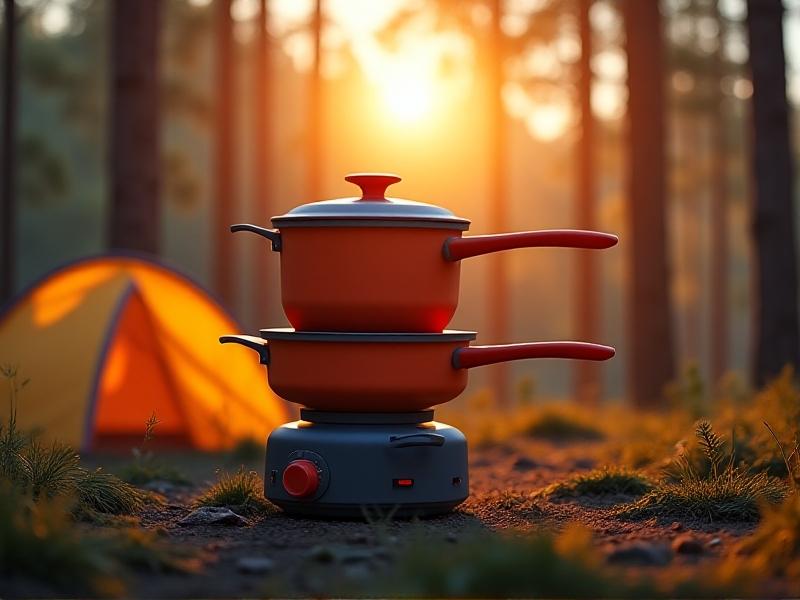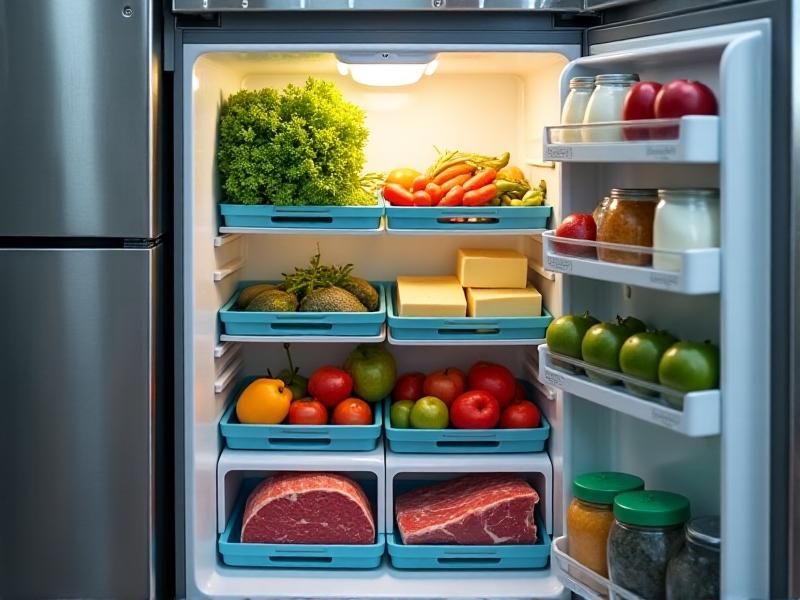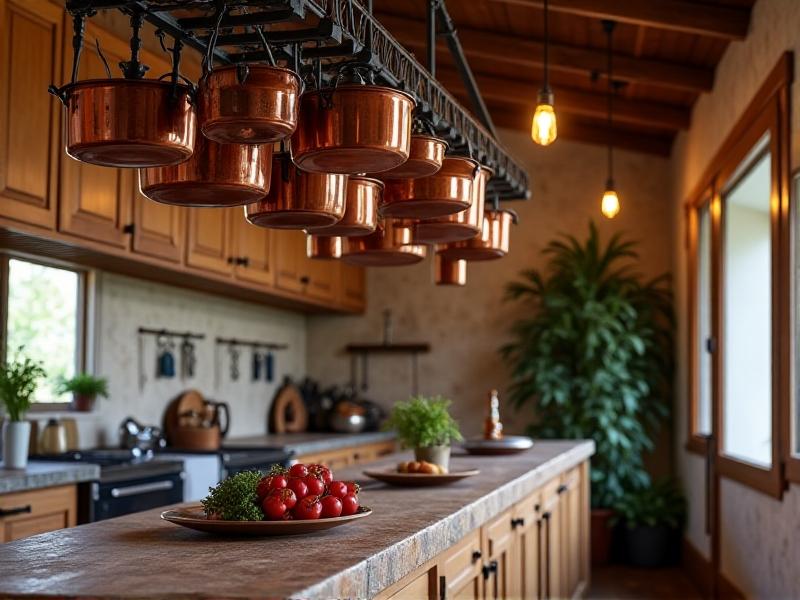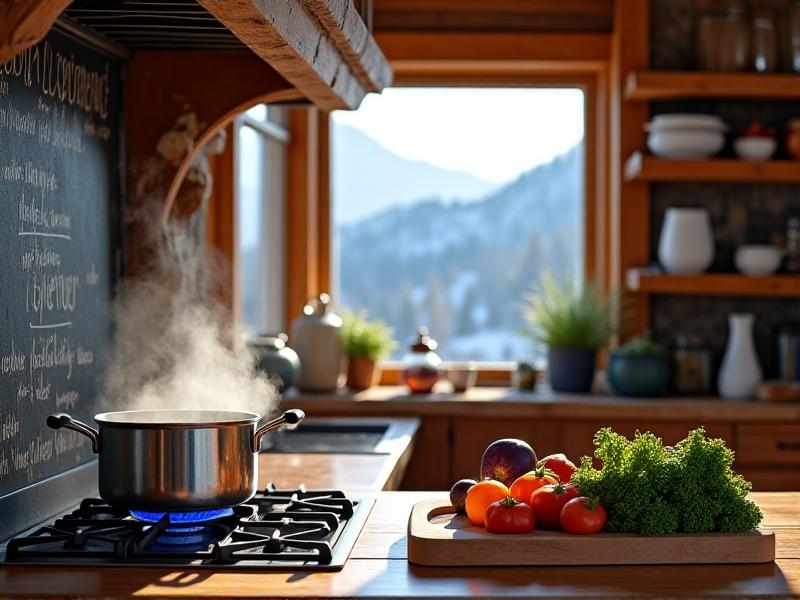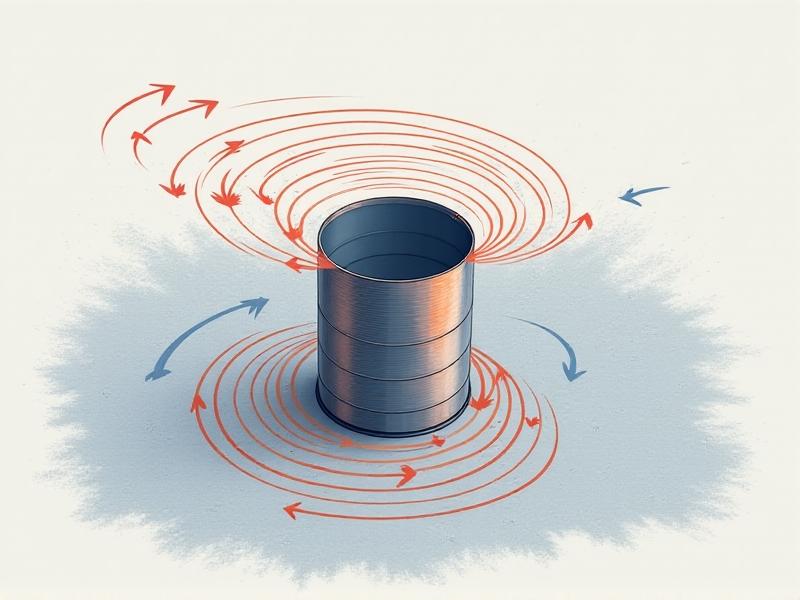Magnetic Knife Strip Safety Configurations
Understanding Magnetic Knife Strips: Design and Functionality
Magnetic knife strips have revolutionized kitchen organization by offering a sleek, space-saving solution for storing knives. These strips typically consist of a durable material like wood, stainless steel, or plastic embedded with powerful magnets. The design prioritizes accessibility, allowing chefs to grab knives quickly while reducing clutter. However, their functionality hinges on proper installation and alignment. The magnets must be strong enough to hold knives securely without causing blade damage, and the strip's surface should be smooth to avoid scratching. Understanding these elements ensures users maximize both safety and efficiency.
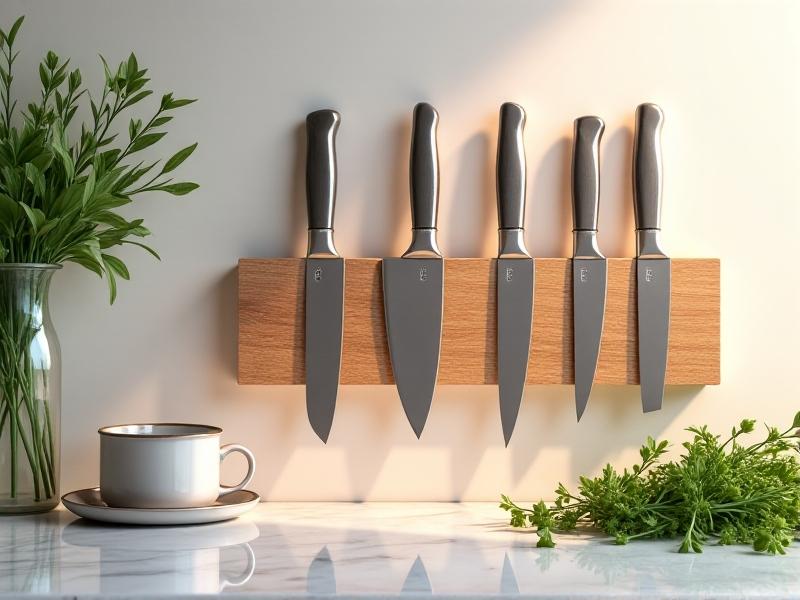
Essential Safety Features of Magnetic Knife Strips
Safety begins with the strip’s inherent design features. High-quality strips include non-slip materials to prevent accidental dislodging and rounded edges to protect hands during retrieval. Magnet strength is critical: too weak, and knives may fall; too strong, and removing blades becomes hazardous. Many modern strips incorporate child-resistant locks or angled designs to keep blades pointing downward, minimizing injury risks. Additionally, corrosion-resistant coatings or materials like stainless steel ensure longevity, especially in humid kitchens. Prioritizing these features reduces accidents and enhances user confidence.

Optimal Placement and Installation Techniques
Installing a magnetic strip requires careful planning. Position it away from high-traffic areas to avoid accidental bumps, ideally 48–54 inches above the floor for ergonomic access. Stud-mounted installation is recommended for heavier knife collections, while adhesive-backed strips suit lighter setups. Ensure the wall material—tile, drywall, or brick—can support the strip’s weight. Spacing knives at least 2 inches apart prevents blades from clashing during removal. Always test the strip’s hold gradually, starting with lighter knives before adding heavier ones.
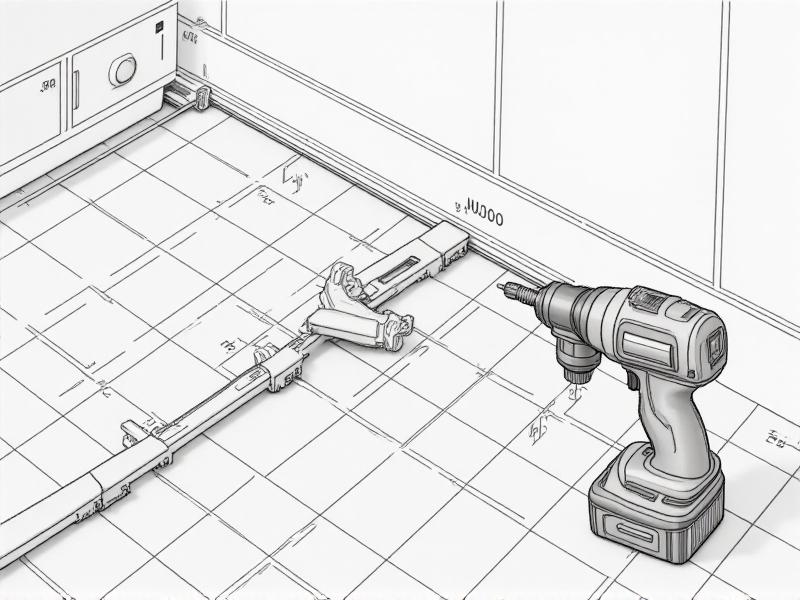
Maintaining Your Magnetic Strip for Long-Term Safety
Regular maintenance preserves both the strip and your knives. Wipe the strip weekly with a damp cloth to remove dust and moisture, avoiding abrasive cleaners that could damage finishes. Inspect magnets monthly for weakening by gently tugging on knives. For wooden strips, apply food-safe oil annually to prevent warping. Rotate knives periodically to evenly distribute pressure on the magnets. Address rust spots immediately with a vinegar solution, and replace the strip if cracks or significant wear develop.
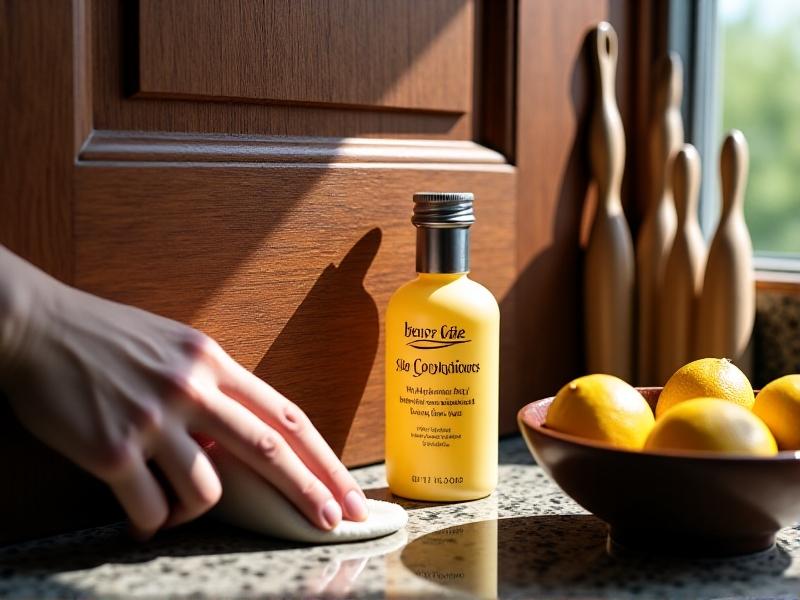
Choosing the Right Magnetic Strip for Your Kitchen
Selecting a strip depends on your kitchen’s needs. Compact kitchens benefit from shorter strips (12–18 inches) with versatile mounting options, while larger collections require longer, stud-reinforced designs. Consider blade types: ceramic knives need gentler magnets, whereas heavy cleavers demand industrial-strength holds. Aesthetic preferences matter too—reclaimed wood suits rustic decors, while brushed metal complements modern spaces. Look for certifications like NSF or BPA-free materials to ensure food safety standards.
Avoiding Common Mistakes With Magnetic Storage
Overloading the strip is a frequent error—balance blade weight with magnet capacity. Placing the strip near heat sources like ovens or dishwashers can warp materials or weaken adhesives. Avoid mounting strips above countertops where falling knives could cause injury. Never store wet knives, as moisture accelerates rust and damages both blades and strips. Lastly, skipping routine inspections invites unexpected accidents. Addressing these pitfalls ensures a safer, more durable storage solution.
